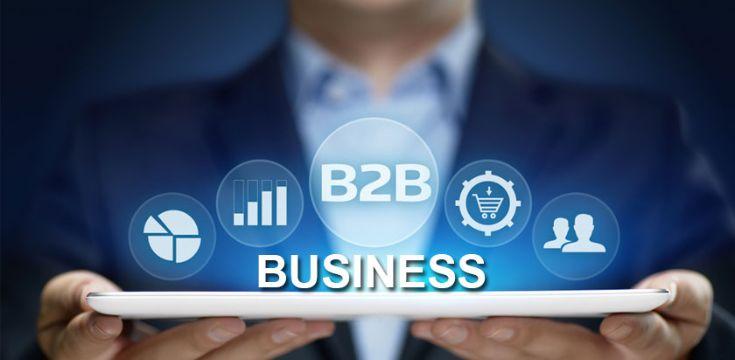In the ever-evolving world of business-to-business (B2B) interactions, data-driven insights are becoming a crucial component of success. B2B platforms are now focusing on leveraging analytics, specifically B2B agent login analytics, to drive improved performance and gain valuable insights. In this blog post, we'll explore the power of B2B agent login analytics and how businesses can harness this data to enhance their operations and provide a better user experience.
The Role of B2B Agent Login Analytics
B2B agent login analytics involves the collection, analysis, and interpretation of data related to the login activities of agents accessing a B2B platform. This data encompasses a wide range of parameters, including login frequency, location, device type, time of day, failed login attempts, and more. By studying this data, businesses can uncover patterns, trends, and anomalies that offer a deep understanding of agent behavior and platform usage.
Enhancing Security and Identifying Threats
B2B platforms handle sensitive business information and transactions, making security a top priority. Login analytics can play a pivotal role in identifying potential security threats. For instance, if multiple failed login attempts occur within a short period, it might indicate a brute-force attack. By detecting such anomalies, businesses can take swift action to protect their platform and users.
Optimizing User Experience
A seamless user experience is essential for keeping b2b travel agents in india engaged and productive. Analytics can help identify pain points in the login process. For instance, if a certain device or browser consistently experiences difficulties during login, the platform can address compatibility issues to ensure a smoother experience. Additionally, analytics can reveal peak login times, enabling businesses to allocate resources effectively and prevent performance bottlenecks.
Tailoring Services to Agent Preferences
Every B2B agent is unique, with distinct preferences and behaviors. Analytics can uncover insights about how agents prefer to access the platform—whether it's through desktops, mobile devices, or specific browsers. This information allows businesses to optimize the platform's interface for the most commonly used devices and browsers, tailoring the experience to match agent preferences.
Driving Decision-Making and Strategy
Data-driven decisions are more accurate and effective. Login analytics provide valuable information that can shape business strategies. For instance, if a significant portion of agents consistently log in during non-business hours, it might indicate a need for extended customer support hours or additional self-service resources during those times. By aligning strategies with agent behavior, businesses can cater to their needs more effectively.
Identifying Training Needs
If a particular subset of agents frequently encounters login issues, it might point to a need for additional training or support. Analytics can highlight areas where agents are struggling, allowing businesses to provide targeted training resources to address knowledge gaps and improve overall proficiency.
Measuring Platform Adoption and Engagement
B2B platforms often introduce new features or updates. Login analytics can help gauge how well these changes are received. By tracking metrics like increased login frequency after a feature release, businesses can measure platform adoption and engagement. This data is invaluable for refining future development and enhancements.
Predictive Insights for Proactive Solutions
Advanced analytics techniques can provide predictive insights. By analyzing historical login data and correlating it with other factors, businesses can predict potential challenges before they arise. For instance, if login activity tends to drop during certain months, the platform can proactively address any factors causing this decline and maintain steady engagement.
Implementing B2B Agent Login Analytics
To effectively leverage B2B agent login analytics, businesses need to follow a structured approach:
- Data Collection: Implement robust tracking mechanisms to collect login data, ensuring compliance with privacy regulations and data security.
- Data Analysis: Utilize analytics tools to process and analyze the collected data. Look for patterns, trends, and anomalies that can offer insights.
- Visualization: Present the findings through visualizations like graphs, charts, and dashboards to make the insights more accessible and actionable.
- Interpretation: Interpret the data in the context of your business goals and objectives. Identify actionable insights and potential strategies.
- Implementation: Apply the insights to enhance security measures, user experience, training programs, and overall platform performance.
- Feedback Loop: Continuously monitor the impact of implemented changes and adjust strategies based on ongoing insights.
Conclusion
In the dynamic realm of B2B interactions, data is the new currency. B2B agent login analytics offer a goldmine of insights that can drive better decision-making, enhanced security, improved user experience, and optimized platform performance. By harnessing the power of login analytics, businesses can adapt to changing agent needs, stay ahead of security threats, and create a more efficient and user-centric B2B ecosystem. As the landscape continues to evolve, those who embrace data-driven insights will stand at the forefront of B2B innovation.
